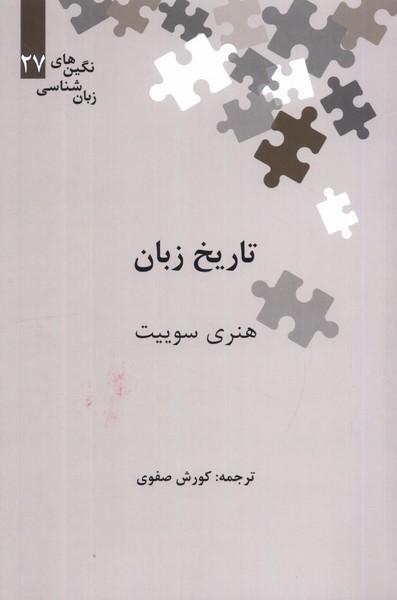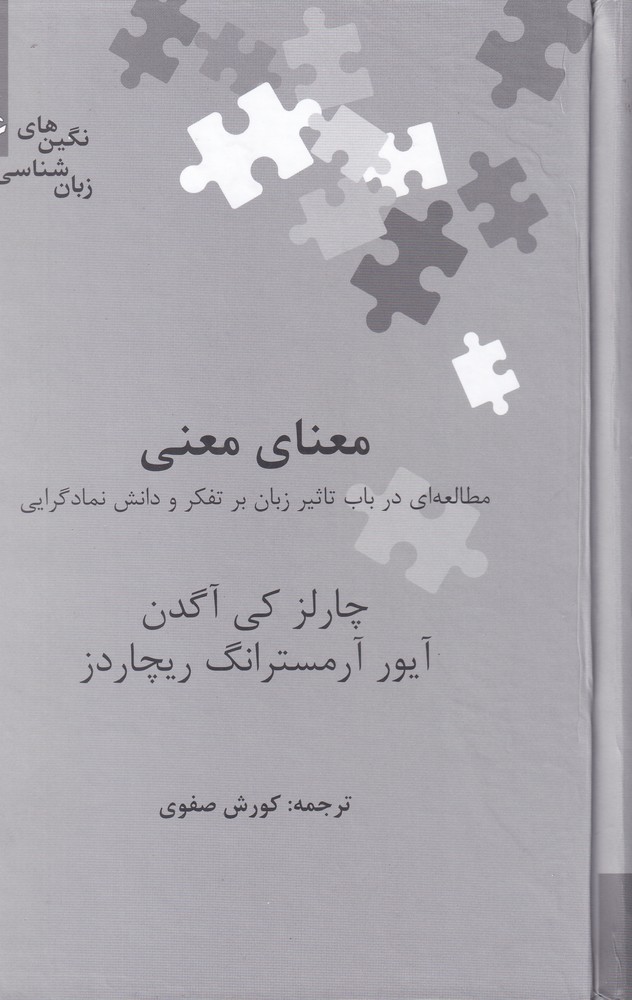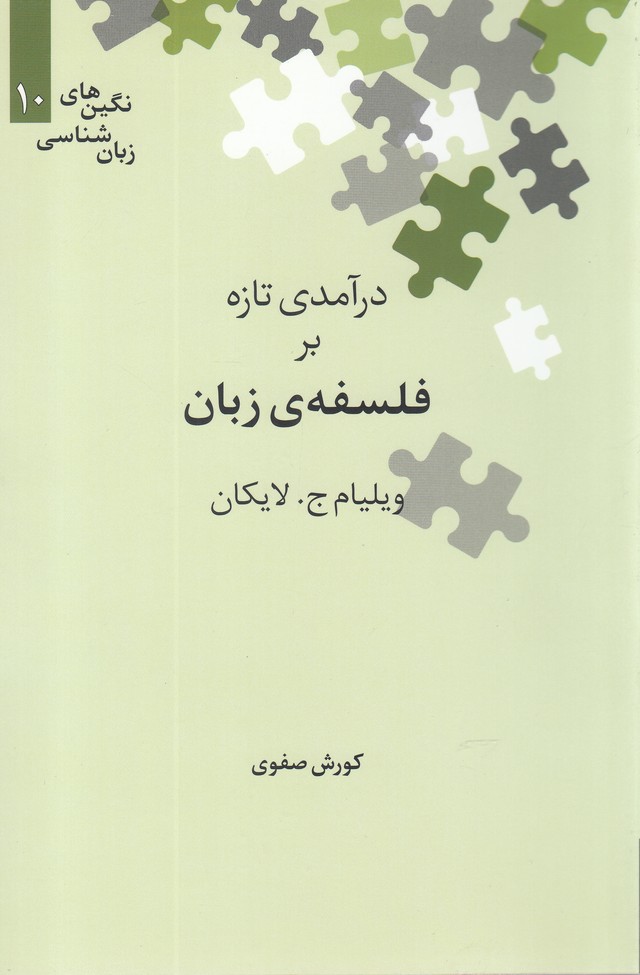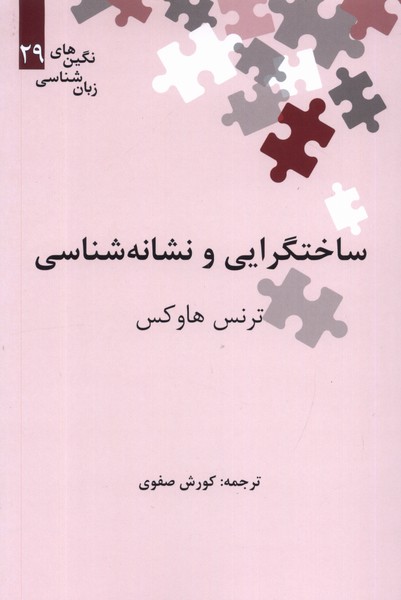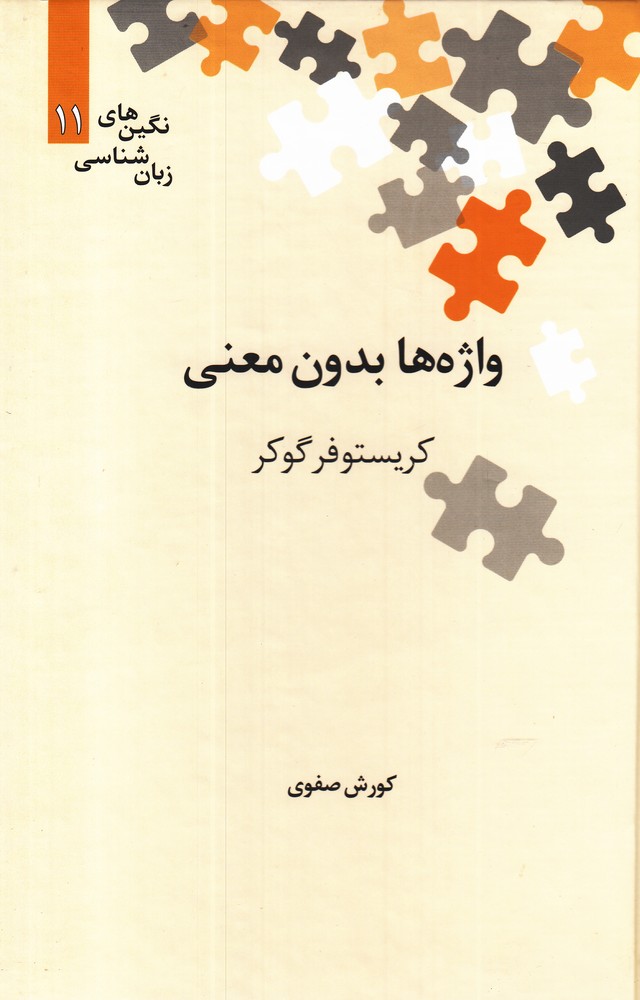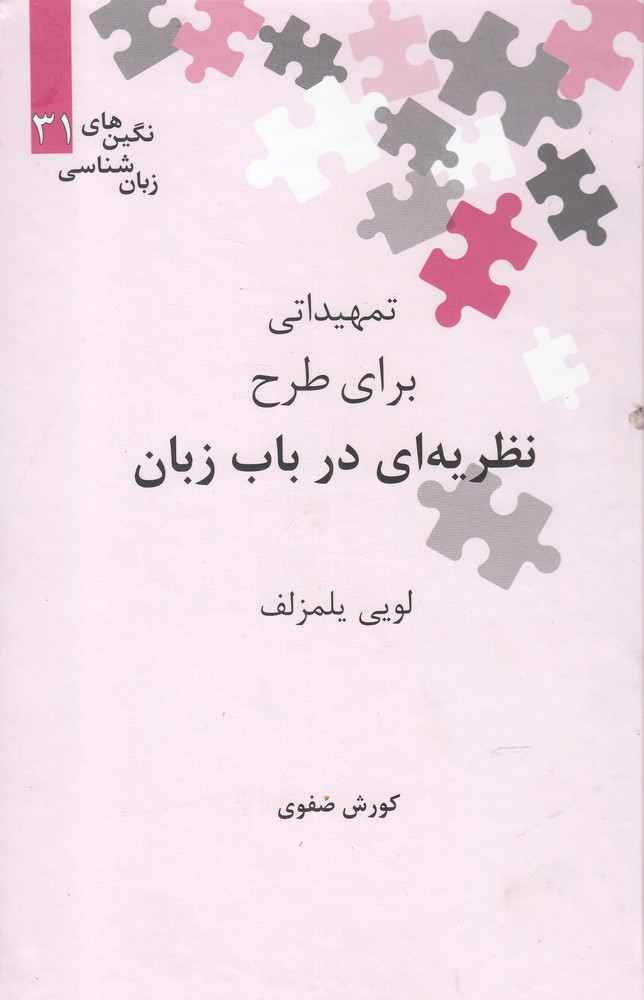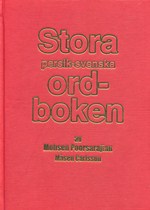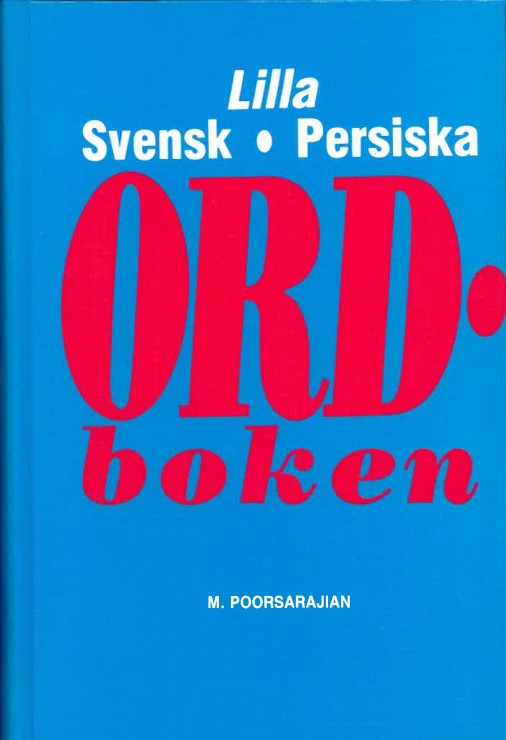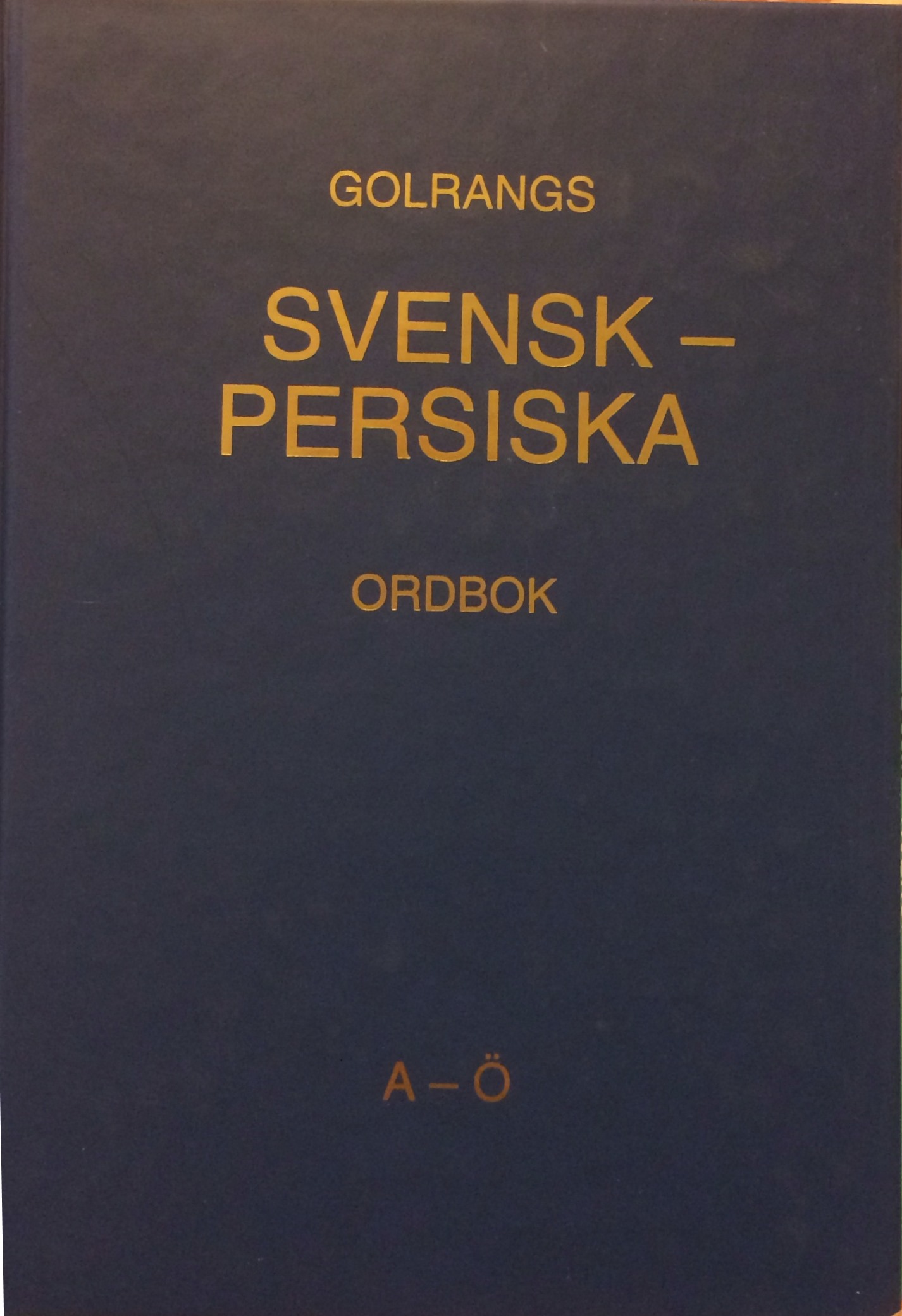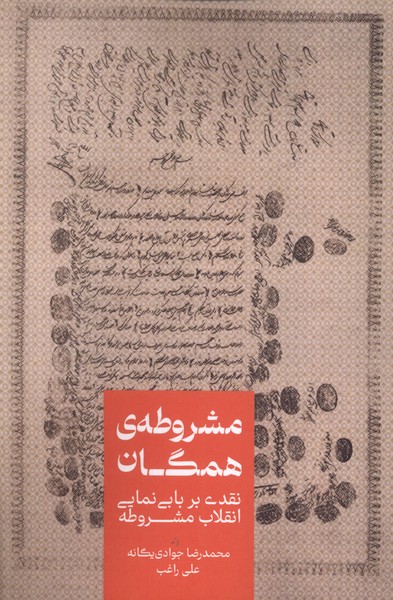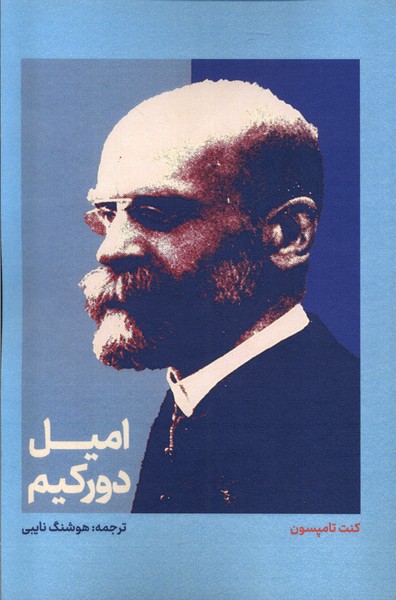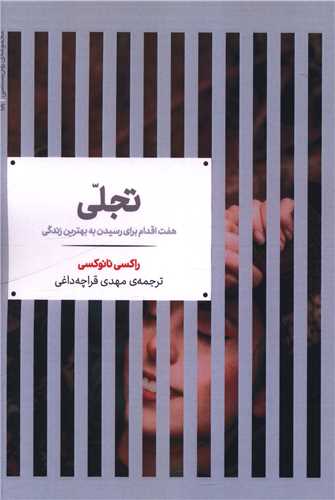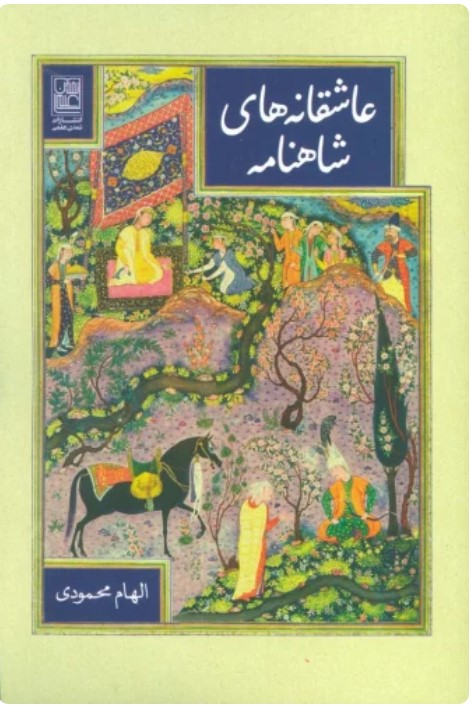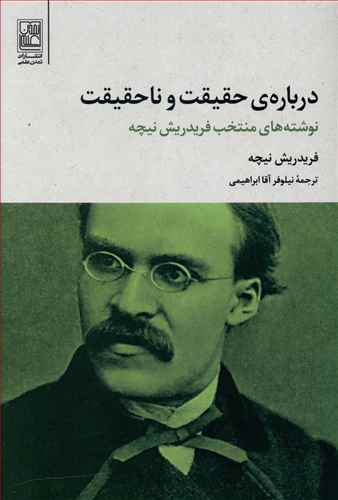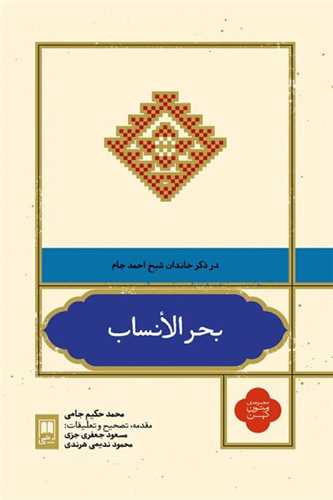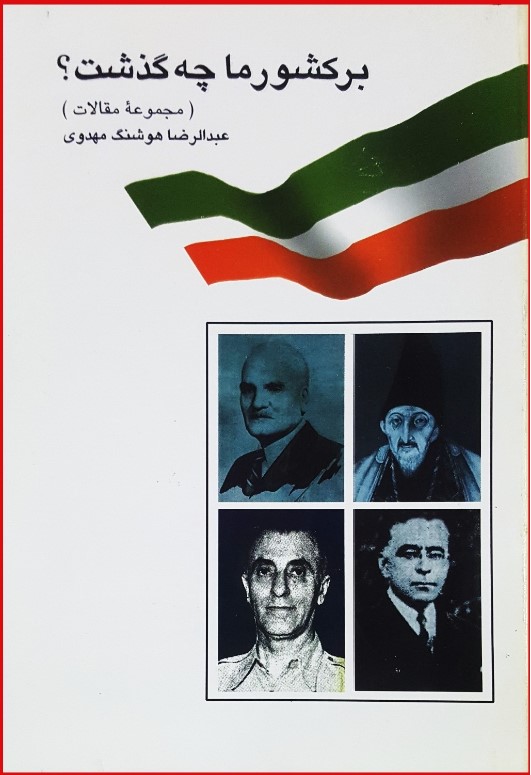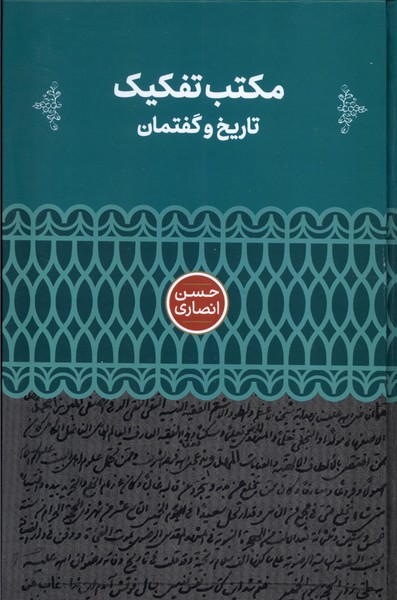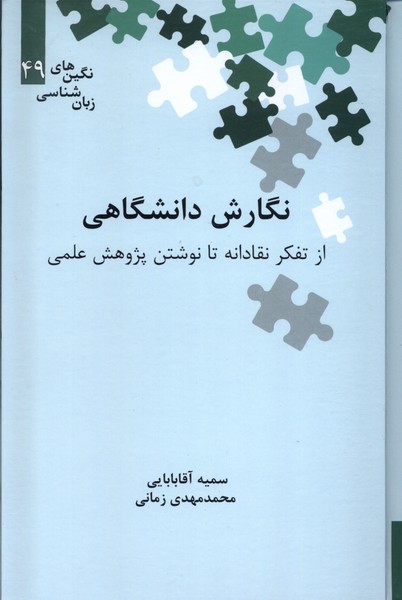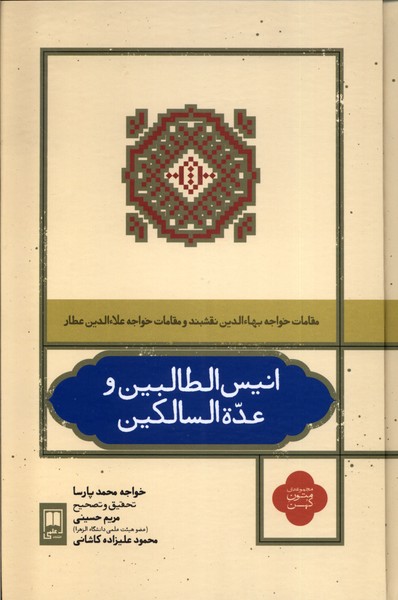تاریخ زبان الفارسية 1402
Tārīkh-i Zabān
22٫20 $
مشاركة
Wishlist
العنوان الأصلي:
The History of Language
ISBN رقم:
9789644043697
المترجم:
Kūrush Ṣafavī
الناشر:
'Ilmi
الفئة العمرية:
البالغون
الصفحات:
228
الوزن:
264 g
أبعاد المنتج:
14 x 21 x 2 cm
غلاف الكتاب:
غلاف ورقی
This historic book may have numerous typos and missing text. Purchasers can usually download a free scanned copy of the original book (without typos) from the publisher. Not indexed. Not illustrated. 1900 edition. ... alternation of direct and indirect narration, accusative with infinitive, and ablative absolute, and its finely-graded sequence of tenses, and the heavy and monotonous classical Sanskrit sentence overloaded with participles and gerunds, often to the almost complete exclusion of the finite verb, and its long compounds which usurp the functions of inflection. Greek, again, uses its inflections in a very different way from Latin, and more like the modern analytical languages of Europe. From this point of view, the morphological classification of languages acts as a welcome corrective to the purely genealogical and historical classification. It teaches us both to recognize what are the characteristic and more or less permanent features in the different periods of a language or the members of a group of cognate languages and also to realize that languages genealogically unconnected may develop similar morphological structures. But even an elaborate morphological classification does but scant justice to the infinite variety of linguistic structures, as we see from what has just been said about the divergent structure of Sanskrit, Latin, and Greek. Phonetic Individuality.--The first thing that strikes us in a new language is, of course, its phonetic structure. This depends, in the first place, on the sounds of which it is composed. Every language, and every period of a language, ^ selects for its use only some out of the whole body of available sounds. Thus English has mixed vowels, but no front-round vowels of the type of French u, and it is rich in hiss-sounds. Arabic, again, is characterized by its numerous back and throat consonants--x, 7, k, q (inner k), h, ',' (glottal stop) The number of elementary sounds in a language is...
more
پس از انقلاب سر ویلیام جونز، آنچه برحسب سنت، فقه اللغه ی تاریخی-تطبیقی تغییر هویت داد. این روش جدید در مطالعه ی تاریخ زبان ها، پس از انقلاب فردینان دو سوسور و معرفی دانش نوین زبان شناسی، به تدریج و با شکل بندی تازه ای، به بخشی از زبان شناسی مبدل شد و به زبان شناسی تاریخی تغییر نام داد. کتاب حاضر، یکی از شاخص ترین نوشته ها در زمانه ی حیات فقه اللغه ی تاریخی-تطبیقی است و معلوم می کند، زبان شناسی جدید تا چه میزان، تحت تاثیر آرای متفکران آن زمانه شکل گرفته است.
more

